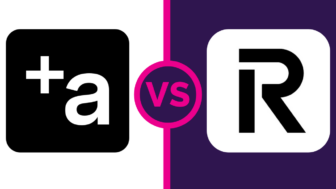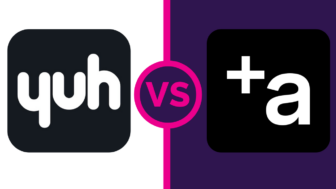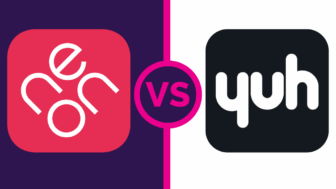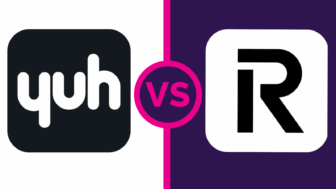Neon and Revolut are interesting when looking for a very advantageous account abroad.
They sometimes tick the same boxes, but in practice, they don’t meet the same needs.
So how do you choose the most interesting one for you?
This comparison 2025 shows what you need to know to understand the real differences based on how you actually use your account.
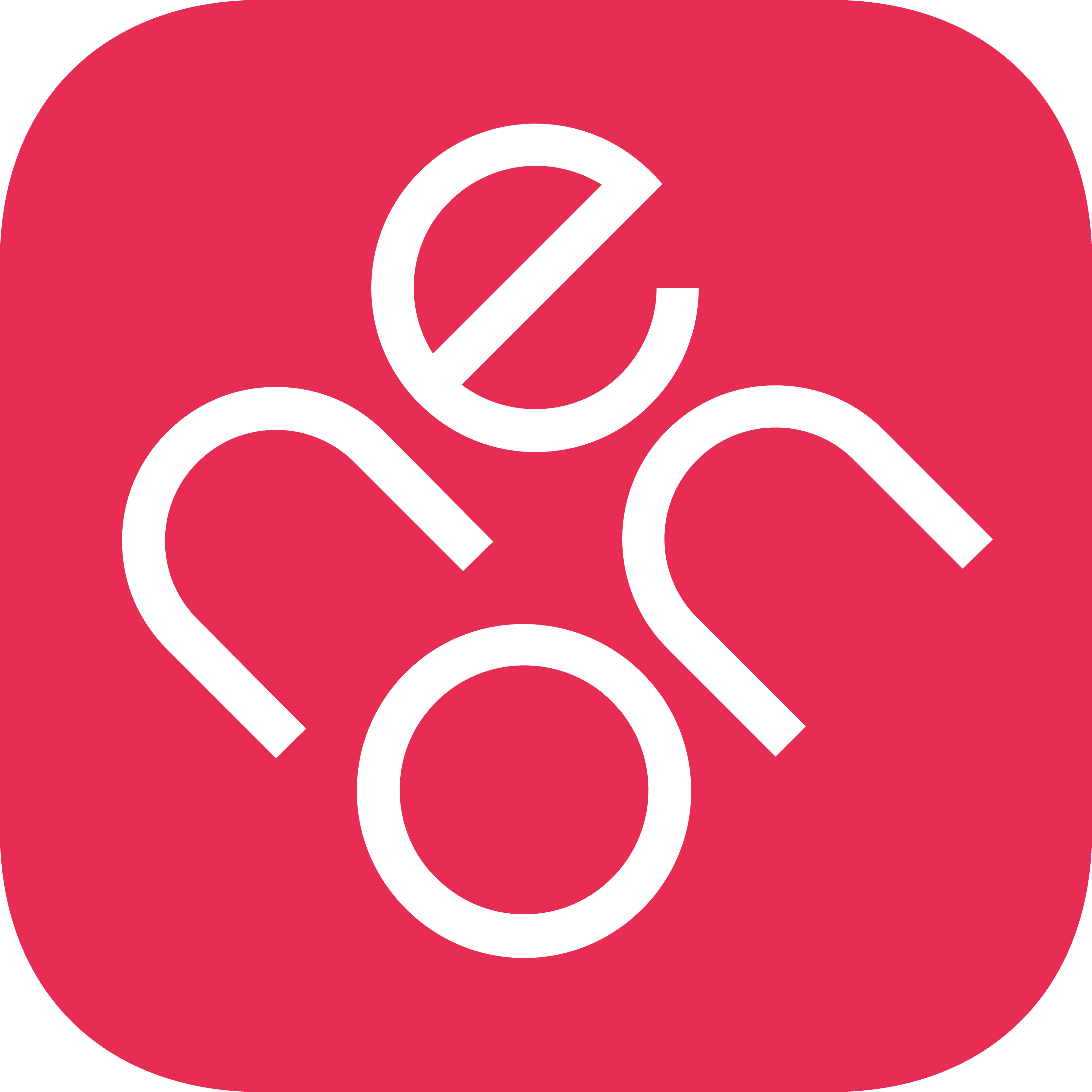
- free
- 🇨🇭
- CH IBAN
International transfers ✔︎
Cash withdrawals abroad ✔︎
Card delivery fees ✘
Third-party TWINT app / prepaid ✘

- free
- 🇨🇭 🇫🇷 🇩🇪 🇮🇹 🌍
- GB IBAN
Exchange fees ✔︎
Free transfers ✔︎
Weekend exchange rate markup ✘
Limited use in Switzerland ✘
Neon vs Revolut – overview at a glance ⚡️
| Criterion | Advantage to |
| Fees card | Revolut |
| Use in Switzerland | Neon |
| Exchange payments abroad | Revolut |
| Transfers multi-currency | Tie |
| App features | Revolut |
| Security deposit guarantee | Neon |
| Customer service | Neon |
| Investment trading | Neon |
Fees card: when is it really free?
Revolut and Neon both offer a free plan, but as soon as you start using the account on a daily basis, the differences quickly become apparent.
Basic fees: equal on the essentials
Both banks offer a free account in their standard version. Neon charges a one-time fee (10 CHF) for delivery participation while the Revolut card costs 5.99 CHF for delivery. And the more advanced options (metal card, custom designs) quickly become chargeable.
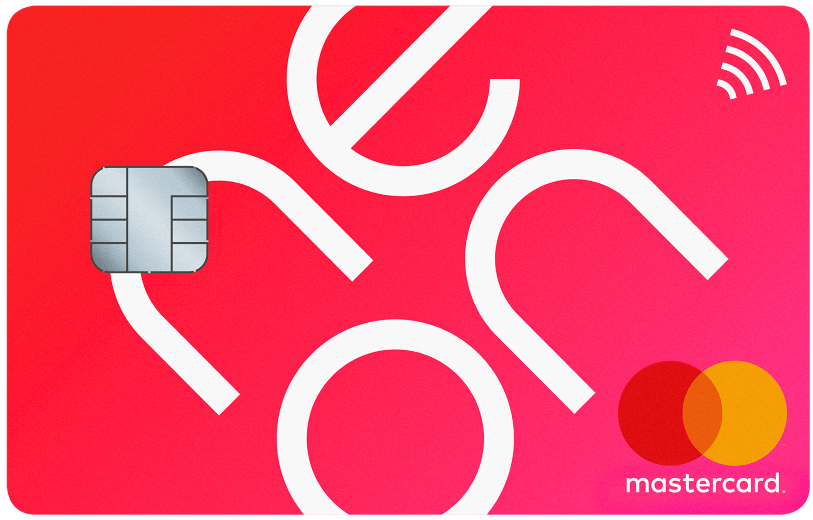
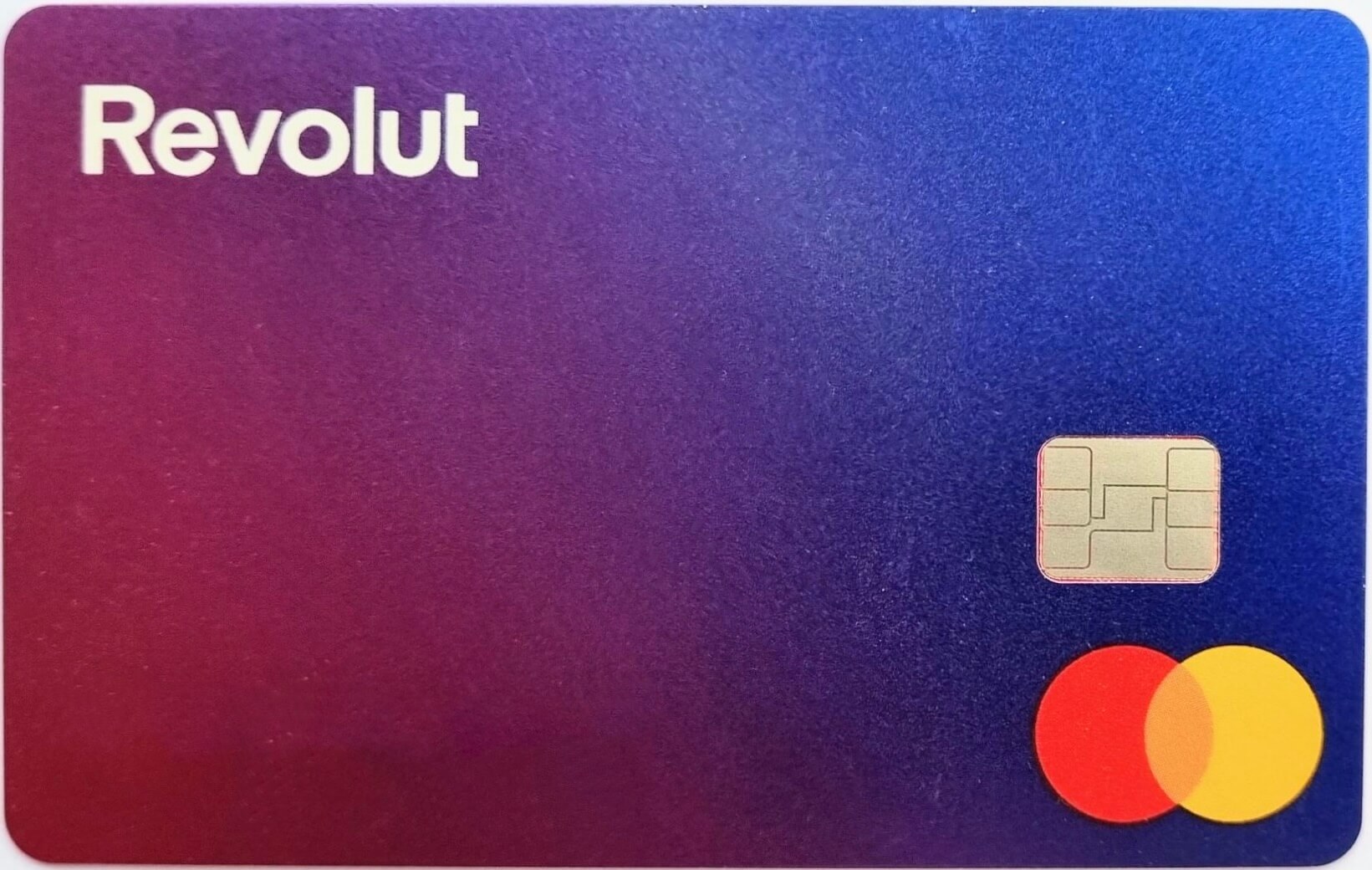
For basic use, it’s balanced.
Point awarded: tie
Withdrawals in Switzerland: Neon is better suited for daily use
Revolut allows withdrawals of up to 200 CHF/month free of charge, then applies a 2% commission. It’s convenient if you withdraw little, but the limit is quickly reached.
Neon offers 2 free withdrawals per month at ATMs in Switzerland, then charges 2 CHF per operation. The difference is especially noticeable as soon as you exceed very occasional use. Practical: Neon also allows free cash withdrawals with Sonect at k kiosks and restaurants or at Lidl checkouts with a purchase of 10 CHF.
In this example, if you withdraw 500 CHF in Switzerland during the month:
→ With Neon: the first two withdrawals are free, then you’ll pay 2 CHF for the third. Total: 2 CHF.
→ With Revolut: beyond 200 CHF, the next 300 CHF are taxed at 2%, or 6 CHF. Total: 6 CHF.
For local withdrawals, Neon remains more flexible once you exceed 200 CHF.
Point awarded: Neon
Withdrawals abroad: Revolut is more advantageous… as long as you stay under the limits
Internationally, Revolut offers up to 200 CHF of free withdrawals per month (in any currency), before charging 2% on the excess amount. Neon directly applies 1.5% fee on all withdrawals in foreign currencies, without a free tier.
If you withdraw 400 EUR in 4 times during the week:
→ Neon applies about 6 EUR in fees (1.5% on each withdrawal)
→ Revolut charges nothing on the first two (200 EUR), then 4 EUR (2% on the next 200)
Result: Revolut is cheaper… but only if you stay below the thresholds and during weekdays.
Because withdrawals made on weekends are subject to an exchange rate increase of about 1%, which can reverse the trend once you exceed 300-400 EUR.
Therefore, Revolut is more competitive for small amounts on weekdays, but less stable for frequent use or outside of working days.
Point awarded: Revolut
Currency payments: Revolut is more flexible under 1,250 CHF/month
For card payments in a currency other than CHF, Revolut offers interbank rates without commission… up to 1,250 CHF volume per month (in the Standard plan). Beyond that, it charges a 1% markup. On weekends, a fixed 1% markup applies to all payments.
Neon applies a 1.5% commission on each foreign currency transaction, regardless of the period or amount.
As long as you stay within the monthly limits, Revolut remains more flexible for payments abroad. But weekend markups can quickly reduce this advantage.
Point awarded: Revolut
Summary – Fees Card
| Compared criterion | Advantage to |
| Basic fees | Tie |
| Withdrawals in Switzerland | Neon |
| Withdrawals abroad | Revolut |
| Currency payments | Revolut |
Result: Revolut scores 2 points, Neon 1 point, 1 tie.
Revolut takes the lead for foreign currency payments and withdrawals, provided you respect its limits. Neon maintains the advantage in Switzerland, especially if you regularly withdraw cash.
Fees Card: advantage Revolut
Use in Switzerland: Swiss IBAN, QR-bills, TWINT
Personal Swiss IBAN: the key difference
Neon offers a personal Swiss IBAN (CH), in your own name.
This is essential for:
- receiving a salary or pension in CHF
- paying rent via e-banking
- avoiding blockages with administrations or insurance companies
Revolut uses a shared Swiss IBAN, in Revolut’s name.
In practice, this means:
→ It’s impossible to use it to receive a salary (rejected by some employers),
→ Some Swiss payments fail due to name mismatch.
Point awarded: Neon
QR-bills, BVR, eBill: native support vs nothing
- Neon handles all Swiss formats 🇨🇭: QR-bills, eBill, BVR.
You scan, you validate, it’s paid. - Revolut: none of the Swiss invoice formats are supported.
Point awarded: Neon
TWINT: where the shoe pinches
- Neon allows you to use TWINT via the UBS TWINT app or TWINT Prepaid.
This solution has limitations:
→ you need to manually load the TWINT account,
→ no direct real-time debit,
→ no instant sending as with a native app.
It’s a workaround, but not sufficient for daily use, especially if you use TWINT for payments between friends, money pools, or online purchases.
- Revolut offers no compatibility with TWINT.
Point awarded: Neon, but with a reservation (no integrated TWINT, just a makeshift solution).
Summary for use in Switzerland
| Compared criterion | Advantage to |
| Personal Swiss IBAN | Neon |
| QR, eBill, BVR | Neon |
| TWINT | Neon |
Result: 3 points for Neon, 0 for Revolut.
Neon is the only one of the two to offer a real Swiss bank account, compatible with local payment tools. But neither integrates TWINT smoothly: Revolut doesn’t offer it at all, and Neon only provides an impractical solution.
Use in Switzerland: advantage Neon
Neo-banks are regulated with or without a banking license.
Go to the individual heyneo.ch tests to find out more about the guarantees offered by each neo-bank.
Foreign Exchange Payments Abroad
The differences between Neon and Revolut become most visible internationally. Both offer a multi-currency solution, but the conditions, fees, and limits can change everything. And the pitfalls are not always where you expect them.
Currency payments: Revolut is more flexible, but not always more economical
With Revolut (Standard version), you can pay in more than 30 currencies at the interbank rate, without fees, up to 1,250 CHF per month. Beyond this limit, a 1% commission automatically applies.
Another point not to be overlooked: on weekends, all payments are subject to an additional 1% markup, even under 1,250 CHF.
At Neon, things are simpler… but less advantageous: 1.5% fixed fee on each foreign currency payment, regardless of day or amount.
If you stay under the limits on weekdays, Revolut is clearly more attractive. But as soon as you exceed the limit or pay on a Saturday, the gap narrows.
Point awarded to: Revolut
Foreign withdrawals: Revolut stays ahead, but only for small amounts
Revolut allows up to 200 CHF/month of fee-free currency withdrawals, which is enough for a weekend or occasional expenses.
Beyond that, a 2% commission applies to the excess amount, in addition to the weekend exchange rate markup.
Neon applies a 1.5% fee on each foreign currency withdrawal, without a free tier.
Example with a 400 EUR withdrawal on a weekday
- Revolut: 200 EUR free, 200 EUR at 2% = 4 EUR in fees
- Neon: 400 EUR at 1.5% = 6 EUR in fees
Revolut is more advantageous if you stay under the limits. But as soon as you withdraw more or outside business days, the difference diminishes.
Point awarded to: Revolut
CHF → foreign currency exchange: Revolut is more competitive, but watch out for conditions
To convert CHF to foreign currencies (EUR, USD, GBP…), Revolut applies a low margin: about 0.3 to 0.5% on weekdays. Neon uses Wise, with variable exchange fees, often between 0.9% and 1.7% depending on the currency.
Example with a transfer of 5000 EUR from a CHF account
- Revolut: 19 CHF in total fees
- Neon: 44 CHF (via Wise, including exchange fees + transfer)
Revolut performs better with frequent conversions. But you need to keep an eye on the timing of the operation: outside weekdays, fees can double.
Point awarded to: Revolut
Summary – Foreign Exchange Payments Abroad
| Compared criterion | Advantage to |
| Currency payments | Revolut |
| Foreign currency withdrawals | Revolut |
| CHF → foreign currency exchange | Revolut |
Result: 3 points for Revolut, 0 for Neon
Revolut confirms its international positioning. Its fees are low and transparent… as long as you respect the limits and avoid operations on weekends.
Neon, simpler in its pricing, consistently remains slightly more expensive for foreign currency payments and withdrawals.
Foreign Exchange Payments Abroad: Revolut
Transfers Multi-Currency
Sending money abroad, receiving payments in foreign currencies, or managing multiple currencies daily: this is where Neon and Revolut have two very different approaches.
Neon uses external partners, Revolut integrates everything into the app. And depending on the currency or amount, the right choice can save you several dozen francs.
CHF transfers in Switzerland: perfect for Revolut and Neon
On this point, no surprise: both Neon and Revolut allow sending and receiving CHF transfers in Switzerland without fees.
Nothing to report, both do the job.
Point awarded: Tie
SEPA transfers in EUR: Revolut takes the lead over Neon
To send euros to a SEPA zone country, Revolut charges no fees, as long as you use a European IBAN (LT).
With Neon, EUR transfers go through Wise, with about 1.5% fees on the amount.
For a transfer of 5000 EUR to an account in France
- Revolut: 0 CHF in fees
- Neon: 75 CHF in fees via Wise
If you regularly send euros to Europe, the difference is very clear.
Point awarded to: Revolut
Transfers in other currencies: more subtle than you might think
For transfers in USD, GBP, or any other currency, both banks use an intermediary:
→ Neon uses Wise (with fees that vary depending on the currency)
→ Revolut applies its own fixed fees (often between 0.3% and 0.75%, minimums around 4 to 6 CHF)
For small amounts, Revolut is often more expensive due to its fixed fees.
But as soon as you exceed 400 to 600 CHF, Neon often becomes more costly due to its proportional fees.
For a transfer of 1000 USD
- Revolut: 6 CHF in fees
- Neon: 10–17 CHF depending on the current Wise rate
The advantage depends on the currency and the amount. You need to compare each time.
Point awarded: Tie
Multi-currency management: Revolut has the advantage over Neon
Revolut allows you to hold up to 30 different currencies in the same account, with a separate balance for each.
You can also make manual conversions in advance to avoid exchange fees at the time of payment.
With Neon, everything goes through the main CHF account.
You can send many currencies via Wise, but you can’t hold multiple currencies in parallel.
If you travel often or regularly pay in foreign currencies, Revolut is much more convenient.
Point awarded to: Revolut
Summary – Transfers Multi-currency
| Criterion | Advantage to |
| CHF transfers (Switzerland) | Tie |
| SEPA transfers (EUR) | Revolut |
| Transfers outside the euro zone | Tie |
| Multi-currency management | Revolut |
Result: Revolut scores 2 points, 2 ties
Revolut is clearly better equipped for sending money in EUR or managing multiple currencies on a daily basis.
Neon remains solid, but its operation relies on external partners like Wise, which makes transfers less smooth.
Transfers Multi-currency: Revolut
Peut-on louer une voiture ?
Apps features: simplicity vs. customization
Opening an account, making a transfer, creating a sub-account, receiving a notification… This is where the application plays a key role. And between Neon and Revolut, the experience is quite different.
App interface and fluidity: two effective styles
With Neon, the experience is intentionally minimalist: everything fits in a few screens, with a real effort on readability. The essentials are there, but you can feel that the goal is simplicity above all.
Revolut has a denser app with many options right from the home screen. You can customize the interface, sort accounts, manage multiple portfolios, activate functions according to your needs.
Neon is simpler. Revolut is richer. But in both cases, the app is solid.
Point awarded: Tie
Sub-accounts, budgets, expense control: Revolut goes further
Revolut allows you to create “Pockets” to separate amounts, activate budgets by category, receive alerts, block certain expenses…
With Neon, you can create “Spaces” to organize your money, but there are no automatic budgets, nor advanced tracking tools.
For those who want to manage their money more finely, Revolut offers many more levers.
Point awarded to: Revolut
Practical functions: mobile payment, card blocking, notifications
Both apps allow you to block/unblock the card, adjust limits, track transactions in real-time.
- Apple Pay and Google Pay are available on both Neon and Revolut.
- Revolut additionally offers:
→ disposable virtual cards for online payments
→ a function to round up payments for savings
→ a kids mode with the Revolut Junior app
Neon covers the basics, but Revolut adds practical tools that can really be useful.
Point awarded to: Revolut
Summary – App features
| Criterion | Advantage to |
| Overall app quality | Tie |
| Management tools sub-accounts | Revolut |
| Practical functions | Revolut |
Result: Revolut scores 2 points, 1 tie
Revolut offers a more comprehensive app, with more options to track expenses, manage multiple uses, or even integrate other services. Neon remains simple and clear, but much more limited in terms of customization.
Apps features: Revolut
Security deposit guarantee of Neon and Revolut
Neon: full Swiss banking guarantee
The money is deposited with Hypothekarbank Lenzburg, under Swiss banking license. Deposits are protected up to 100,000 CHF, as in any traditional bank. The status is clear and supervised by FINMA.
Point awarded: Neon
Revolut: outside the Swiss framework
Revolut operates with a Lithuanian banking license. Deposits are covered up to 100,000 EUR… but via the European system, without Swiss protection. Revolut is not controlled by FINMA.
Point awarded: Neon
Technical security: both are reliable
Strong authentication, notifications, card blocking… both apps respect current standards.
Revolut even offers disposable virtual cards, but this doesn’t bridge the regulatory gap.
Point awarded: Tie
✅ Summary – Security deposit guarantee
| Criterion | Advantage to |
| Guarantee regulation | Neon |
| App security | Tie |
Result: 2 points for Neon, 0 for Revolut, 1 tie
Neon is the only one of the two to offer real Swiss banking protection.
Revolut remains technically strong, but less reassuring on the legal side.
Security guarantee: Neon
Neon vs. customer service Revolut
Neon: human support, but limited to Swiss business hours
At Neon, customer service is reachable by phone, email, or through the form integrated into the application, but only on weekdays between 8 am and 5 pm. Responses are generally clear, human, and quick during these hours. However, there is no support outside these times: no availability in the evening or on weekends, and no integrated chat in the app. For emergencies while traveling or issues outside business hours, this is clearly a limitation to consider.
Point awarded: Neon (for quality)
Revolut: accessible at all hours, but not always human
Revolut offers customer support accessible 24/7, including weekends and holidays. This is a real advantage when you find yourself abroad with an urgent problem. However, the first interaction almost always goes through an automated chatbot, which doesn’t always understand the situation well. You often have to insist to get a human response. And even then, the answers can lack precision, particularly when it comes to topics related to Switzerland.
Point awarded: Revolut (for availability).
Summary – Customer Service
Result: 1 point each
Neon responds better, but less often. Revolut is available all the time, but more impersonal.
So: if you primarily use your account in Switzerland, Neon remains more reassuring. But when traveling abroad, being able to contact Revolut at any time is a real plus.
Customer service: equality
Investment trading
Neon: a real integrated solution compatible with Switzerland
Neon allows investing from the app in Swiss and international stocks and ETFs, via the Hypothekarbank Lenzburg.
Fixed fees: 0.5% (Switzerland), 1% (foreign), with no custody fees.
With an available savings plan and statements compatible with Swiss tax declarations.
📎 See also: Complete Neon Invest Test
Point awarded: Neon
Revolut: trading available, but not very relevant in Switzerland
Revolut allows buying US stocks, cryptocurrencies, some ETFs… But everything is in USD, no Swiss stocks, no adapted tax support (no DA-1, no official report). Revolut is not designed for a Swiss resident who wants to invest seriously.
Point awarded: Neon
Summary – Investment trading
| Compared criterion | Winner |
|---|---|
| Integrated and clear offer | Neon |
| Swiss tax compatibility | Neon |
| Crypto trading / US stocks | Revolut |
Result: 2 points for Neon, 1 for Revolut
Revolut can possibly allow testing (if you have access to these features with your account).
Neon allows investing from Switzerland, without tax headaches.
Verdict Neon vs. Revolut: which neo-bank to choose in 2025?
On paper, Revolut and Neon seem similar. But in practical uses, their priorities are opposite.
✔︎ Neon remains the best option for managing your money in Switzerland.
✔︎ Revolut takes the lead as soon as you multiply payments or withdrawals in foreign currencies.
Final score by criterion
| Criterion | Winner |
| 1. Fees card | 🎯 Revolut |
| 2. Use in Switzerland | 🎯 Neon |
| 3. Currency exchange payments abroad | 🎯 Revolut |
| 4. Transfers multi-currency | 🎯 Revolut |
| 5. App features | 🎯 Revolut |
| 6. Security deposit guarantee | 🎯 Neon |
| 7. Customer service | ⚖️ Tie |
| 8. Investment trading | 🎯 Neon |
Total: Revolut 4 points – Neon 4 points – 1 tie
Which account to choose based on your profile?
| User Profiles | Best Option |
| Swiss Resident | ✅ Neon |
| Regular TWINT User | ✅ Neon |
| Traveler / Foreign Currency Payments | ✅ Revolut |
| Tax-Efficient Investment | ✅ Neon |
| Small Withdrawals Abroad | ✅ Revolut (limit) |
| Support Available in the Evening/Weekend | ✅ Revolut |
The Practical Verdict
- If you’re looking for a reliable primary account in Switzerland, with QR-bills, CH IBAN, and TWINT compatibility → Neon is the clear choice.
- If you travel often, pay in foreign currencies, or withdraw cash abroad → Revolut is more suitable.
There’s nothing preventing you from using both in parallel, each for its strengths.
To help you, Neo has brought out its tools of the future!
What does Neoradar reveal?
Neon vs Revolut
What do you think of Neon compared to Revolut?
- Can you do it all with one app?
- How can you help others choose the right bank between Neon and Revolut?
- Which bank is most convenient for families?
- Did you become rich overnight by installing any of these apps?
Share your feedback with all Neo’s friends 😈



